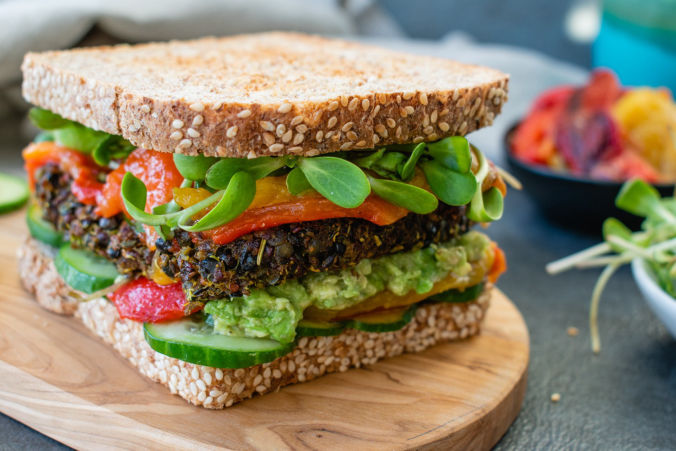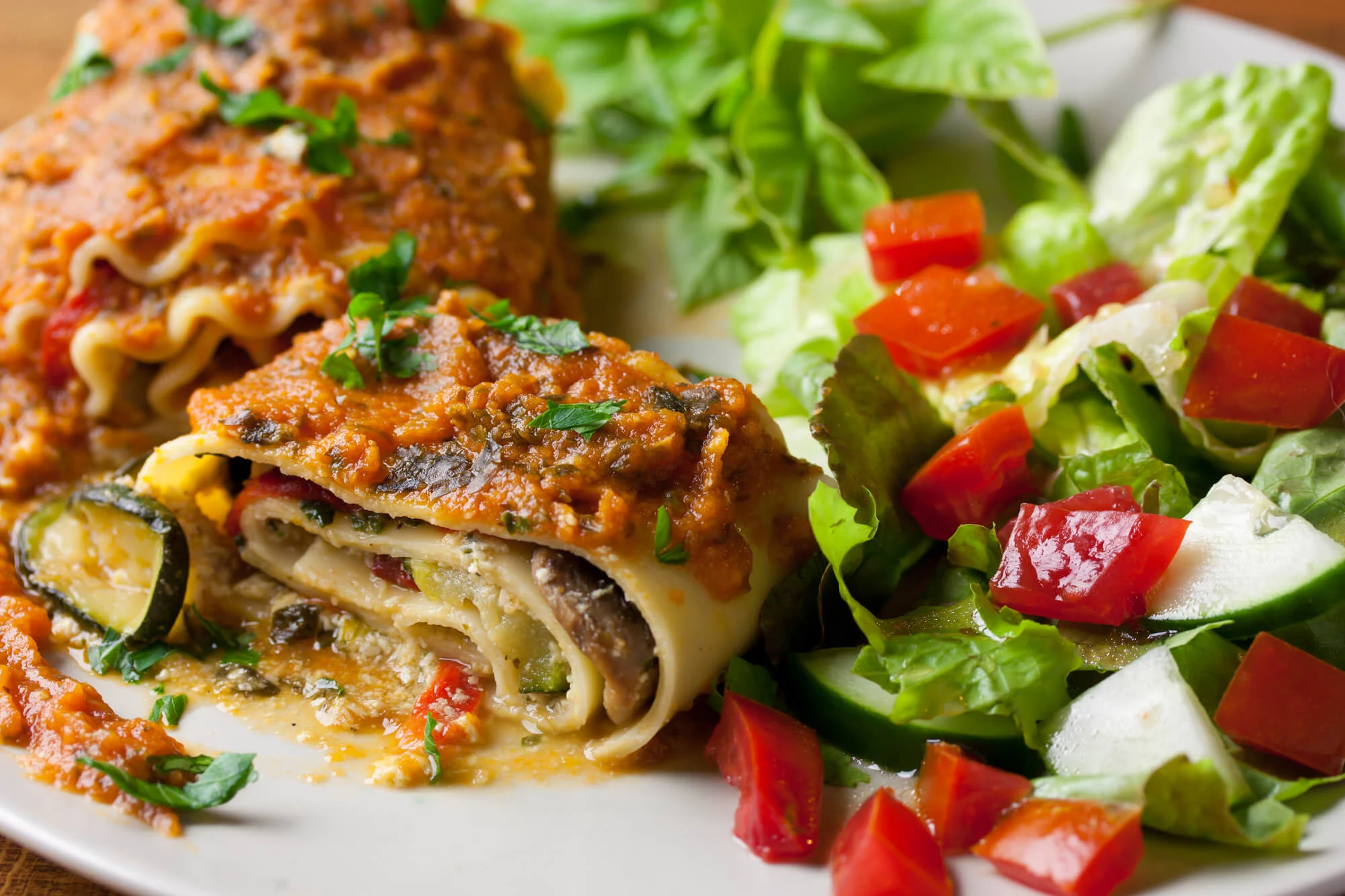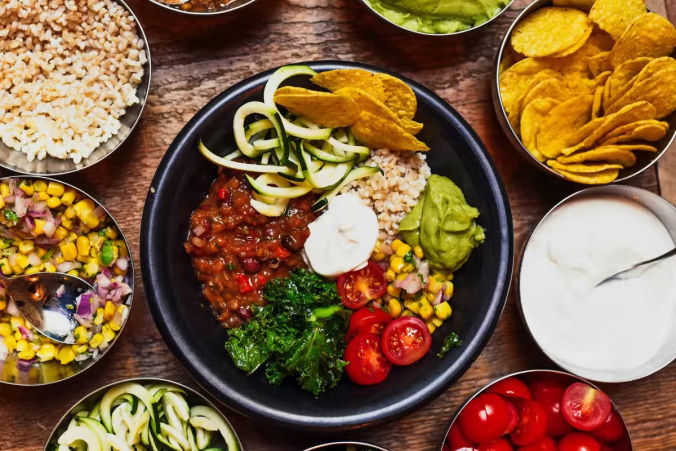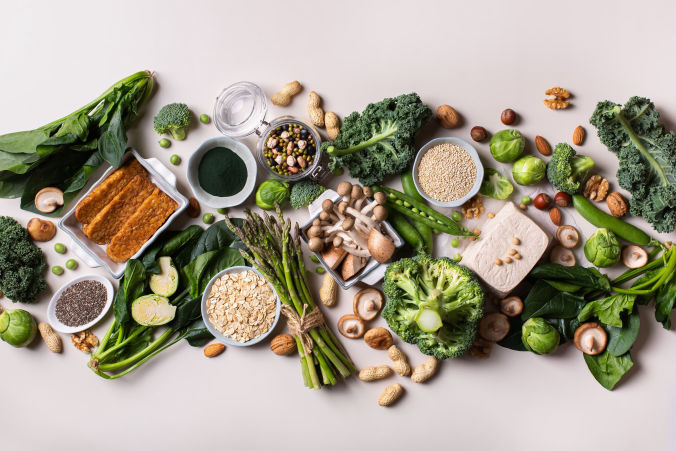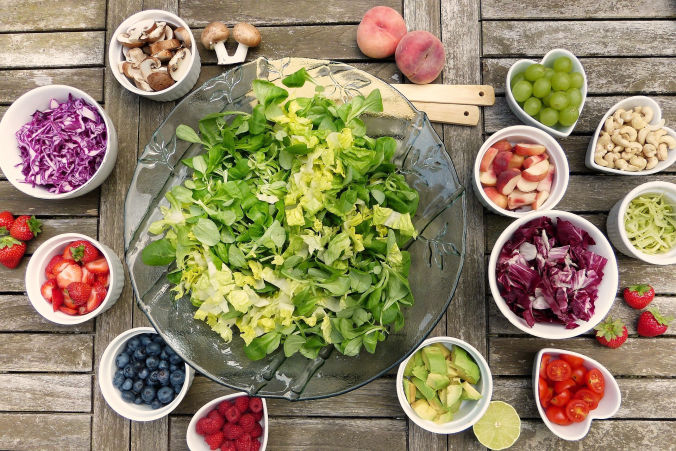
Are Vegan Diets Healthy?
Individuals of all ages can thrive on a vegan diet. The most comprehensive evaluation of the health benefits of vegan diets concluded that "Vegan and vegetarian diets can offer substantial health advantages when compared to non-vegetarian diets."
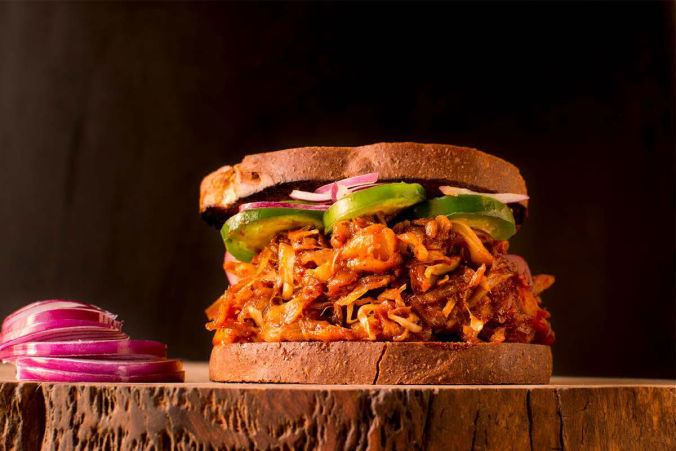
Why go vegan?
Joining a vegan lifestyle promotes good health, preserve numerous animal lives, and contribute to the fight against climate change. Also, the culinary experience of vegan food is truly delightful and becoming more accessible every year.
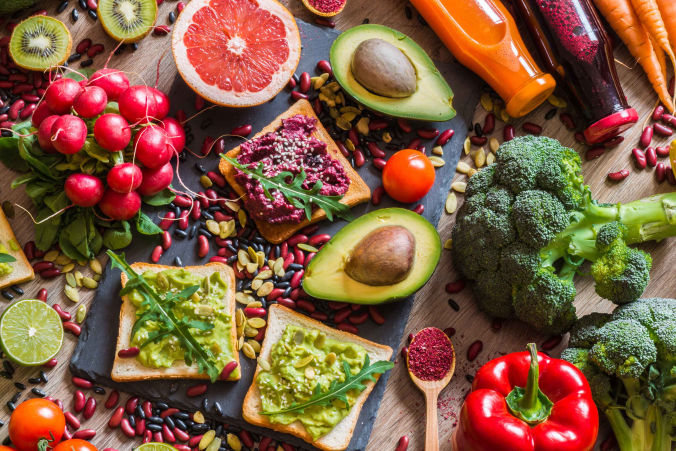
How to Go Vegan?
If you're planning to go vegan, you don't have to do it alone. This guide covers all aspects of transitioning to a vegan diet in an enjoyable way. By the time you complete reading it, you'll have a clear understanding of how to proceed confidently.
